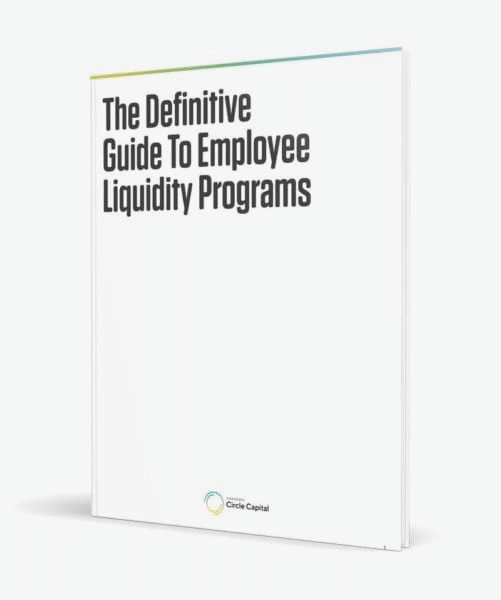Step 3
Set a Price
In tender offers, the cornerstone of the program is establishing a value for common shares. Put simply, pricing is banded with the 409A valuation as the floor and the preferred stock valuation as the ceiling. Then, using public company comparables for revenue or earnings multiples, a price is set by applying these multiples to the private company’s forward projections.
Other factors to consider when calculating a price point:
- The degree of financial information disclosed by the company
- Financial performance of the business
- Probability of a sustained performance
- Probability of future preferred offerings
- The existence of liquidation preferences held by current investors (or possibility by future investors)
- Influence on the company 409A valuation
- Date of last 409A valuation
- Time since last 409A audit
- Likely time until IPO or other exit event
Regardless of where the price is set, there is the opportunity to enhance the seller’s overall price/share through various profit-sharing mechanisms. These are based upon multiple thresholds realized upon a successful liquidity event.
For transactions other than tender offers, prices are typically set between individual sellers and buyers.







